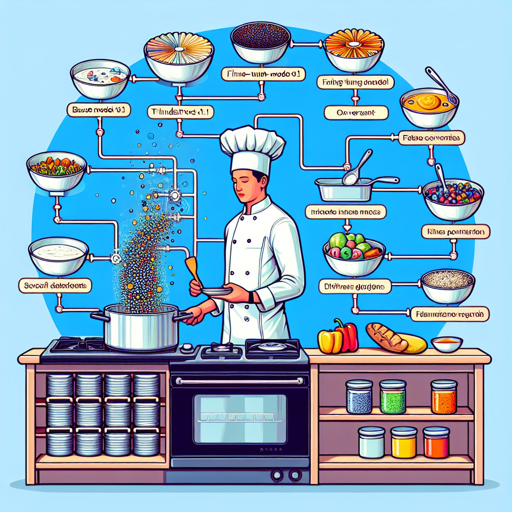T-lite-instruct-0.1 is an advanced model designed specifically for fine-tuning in conversational AI. It’s crucial to note that this model is not a plug-and-play conversational assistant; it requires additional training and oversight to ensure ethical and safe responses. In this article, we’ll explore how to effectively use T-lite-instruct-0.1, complete with troubleshooting tips to help you navigate any hiccups along the way.
Understanding T-lite-instruct-0.1
Imagine cooking your favorite dish. You start with a basic recipe (like T-lite-0.1) and then tweak it to match your tastes (the fine-tuning process). Just as every chef enhances a recipe with personal touches, you can adjust T-lite-instruct by training it with various datasets to suit different tasks.
- Instruction Dataset: Just like gathering ingredients from various sources, T-lite-instruct-0.1 uses diverse datasets for instruction, including open-source English datasets and machine-translated content.
- Response Generation: This model learns from a strong model to ensure high-quality outputs, akin to learning from an expert chef to master a complex dish.
- Reward Modeling: The model is compared against other versions, much like a new dish being compared to well-known recipes to gauge its taste and quality.
Using T-lite-instruct-0.1: A Step-by-Step Guide
Here’s a clear path to utilize the T-lite-instruct-0.1 model:
- Install Required Libraries:
- Ensure you have Transformers and PyTorch installed.
- Load the Model:
- Use the following Python code to load T-lite-instruct-0.1:
from transformers import AutoTokenizer, AutoModelForCausalLM import torch torch.manual_seed(42) model_name = "t-bank-ai/T-lite-instruct-0.1" tokenizer = AutoTokenizer.from_pretrained(model_name) model = AutoModelForCausalLM.from_pretrained(model_name, device_map="auto") - Prepare Your Input:
Format your input as shown below:
messages = [ {"role": "user", "content": "Напиши рецепт классной пиццы!"} ] input_ids = tokenizer.apply_chat_template( messages, add_generation_prompt=True, return_tensors="pt").to(model.device) - Generate the Response:
- Final line to execute the model:
outputs = model.generate( input_ids, max_new_tokens=256, eos_token_id=tokenizer.eos_token_id, ) print(tokenizer.decode(outputs[0], skip_special_tokens=True))
Example of Generated Output
When you ask the model to create a pizza recipe, it will respond with a tasty list of ingredients and instructions, tailored to various preferences!
This enables the model to take user input and produce a delightful response, much like a perfect dish coming out of the oven!
Troubleshooting Tips
If you encounter issues while using T-lite-instruct-0.1, here are a few troubleshooting ideas:
- Ensure all necessary libraries are installed and updated to the latest version.
- Check your CUDA version if using GPU acceleration to make sure the setup is compatible.
- If the model generates poor-quality answers, consider revisiting the quality of your training data or the input prompts.
- Always verify the ethical implications of the responses generated by the model before deploying it in any solution.
For more insights, updates, or to collaborate on AI development projects, stay connected with fxis.ai.
Final Thoughts
At fxis.ai, we believe that such advancements are crucial for the future of AI, as they enable more comprehensive and effective solutions. Our team is continually exploring new methodologies to push the envelope in artificial intelligence, ensuring that our clients benefit from the latest technological innovations.

